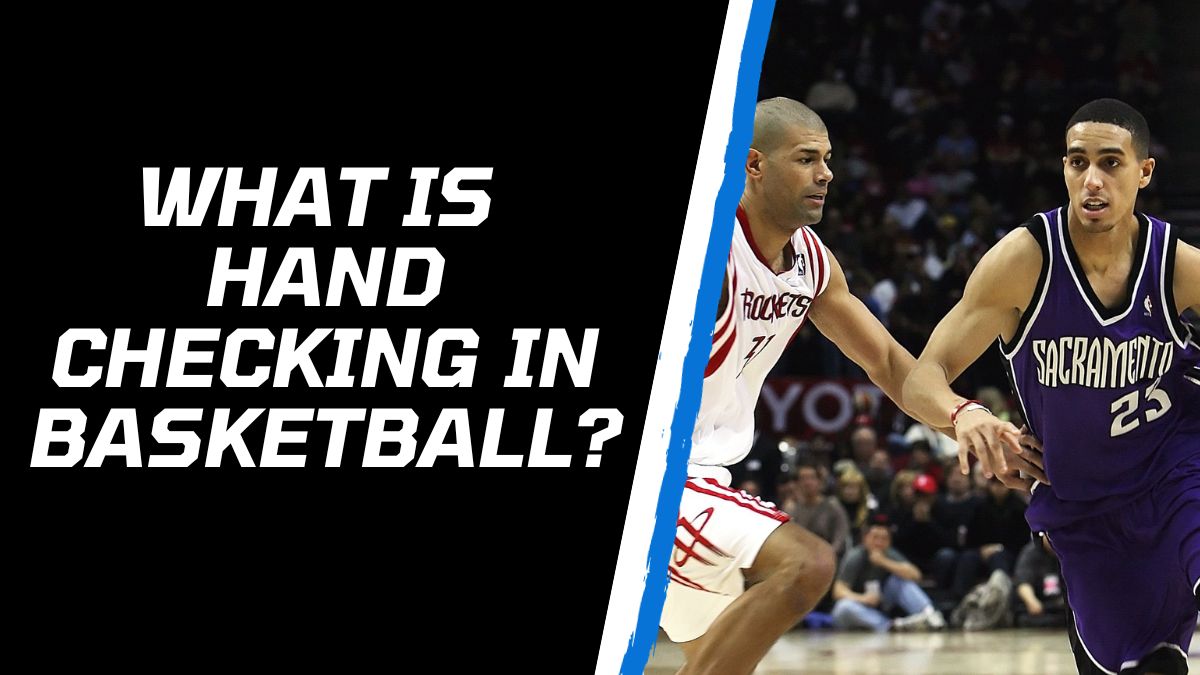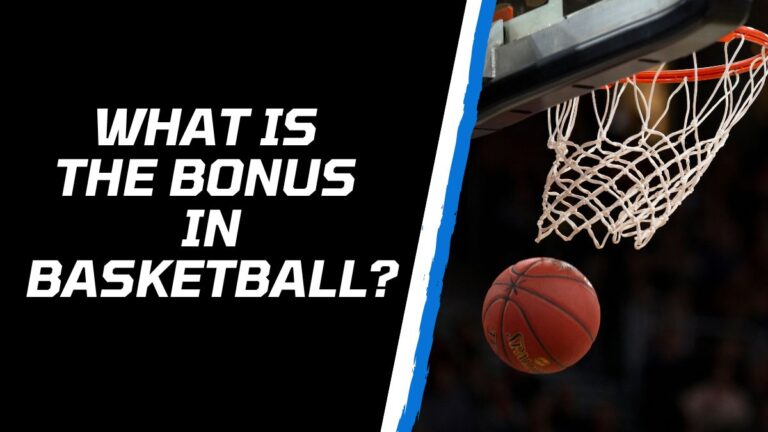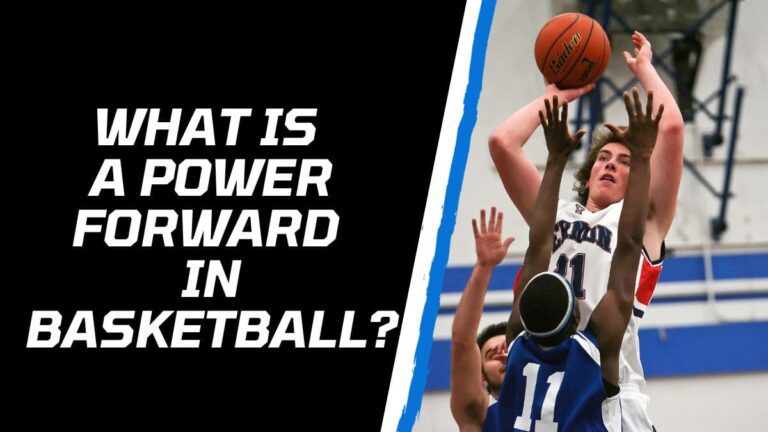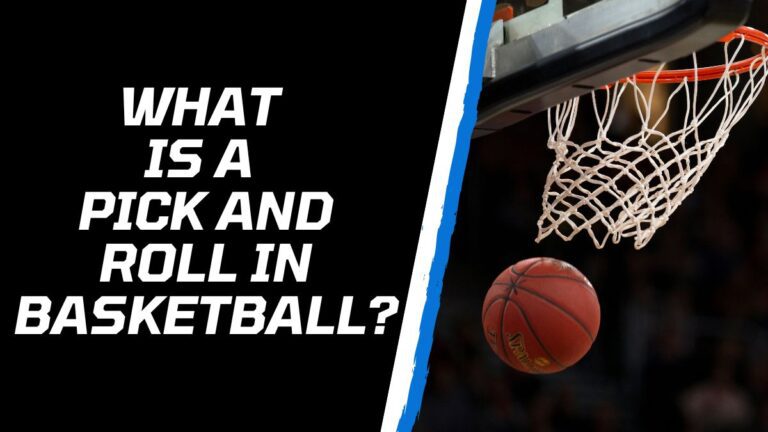What is Hand Checking in Basketball? All You Need to Know
As a basketball fan, you may have constantly heard about the term ‘hand checking’. However, many people do not exactly understand what hand checks are and what are the rules behind hand checking in basketball.
Hence, in this article, we will dive into ‘What is hand checking in basketball’ and we’ll also discuss everything you need to know about this particular basketball violation.
What is Hand Checking in Basketball?

Hand checking is a defensive technique in basketball where a defender uses their hands to impede the movement of an offensive player who has the ball. This can be done by placing the hands on the offensive player’s body, arms, or legs, or by using the hands to push or pull the offensive player.
Hand checking is a controversial technique, and there are many different opinions on its effectiveness and whether or not it should be allowed in basketball. Some people believe that hand checking is a necessary part of defense, as it helps to prevent the offensive player from getting to the basket. Others believe that hand checking is too physical and can lead to injuries.
History of Hand Checking in the NBA
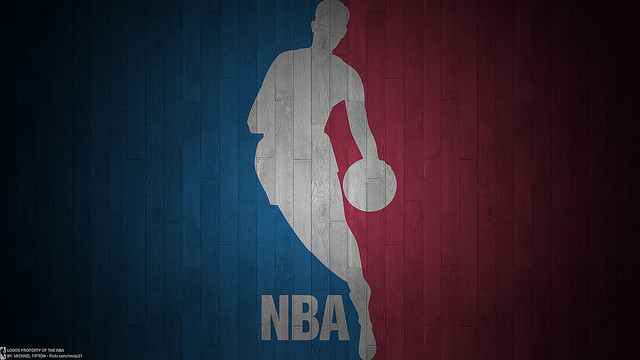
The rules governing hand checking have changed over time. In the early days of basketball, hand checking was allowed anywhere on the court. However, the rules were gradually tightened, and by the 1990s, hand checking was only allowed in the post area. In 2004, the NBA banned hand checking altogether.
The ban on hand checking has had a significant impact on the game of basketball. It has led to a more open and up-tempo style of play, as offensive players are now able to dribble more freely and shoot more three-pointers. It has also given rise to a new generation of perimeter players who are more skilled at dribbling and shooting.
Why is Hand Checking a Penalty?

Hand checking is a penalty in basketball because it is a form of physical contact that can impede the movement of an offensive player. The rule against hand checking was implemented in the NBA in 2004 in an effort to make the game more open and free-flowing.
There are a few reasons why hand checking is considered a penalty. First, it can be used to foul an offensive player without making a play on the ball. For example, a defender could use their hands to push or pull an offensive player, or to keep them from changing direction. Second, hand checking can make it difficult for offensive players to dribble the ball and create space.
This can lead to turnovers and make it easier for the defense to get stops. Third, hand checking can be a dangerous form of contact, especially when it is done in a forceful or reckless manner. This can lead to injuries to both offensive and defensive players.
The ban on hand checking has had a significant impact on the game of basketball. It has led to a more open and up-tempo style of play, as offensive players are now able to dribble more freely and shoot more three-pointers. It has also given rise to a new generation of perimeter players who are more skilled at dribbling and shooting.
Some people still believe that hand checking should be allowed in basketball. They argue that it is a necessary part of defense and that it helps to prevent offensive players from getting easy baskets. However, the majority of people believe that the ban on hand checking has been a positive change for the game. It has made the game more exciting and has allowed for more scoring opportunities.
NBA Rules for Hand Checking
The NBA rules for hand checking are as follows:
- A defender may not place and keep their hand on an opponent unless he is in the area near the basket with his back to the basket.
- A defender may momentarily touch an opponent with their hand anywhere on the court as long as it does not affect the opponent’s movement (speed, quickness, balance, rhythm).
- If a defender hand checks an opponent, it is a personal foul.
- If a defender hand checks an opponent in the post area, it is a defensive three-second violation.
How Do Referees Call Hand Checking?

Referees call hand checking fouls based on their judgment of whether the defender’s contact was excessive or unnecessary. They will consider the following factors:
- The amount of contact: A light touch is not likely to be called a foul, but a more forceful or prolonged touch is more likely to be called.
- The location of the contact: Contact that is made near the basket is more likely to be called a foul than contact that is made further away from the basket.
- The effect of the contact: If the contact impedes the offensive player’s movement, it is more likely to be called a foul.
- The intent of the defender: If the defender’s intent is to impede the offensive player’s movement, it is more likely to be called a foul.
Referees also have to consider the speed of the game and the level of physical play. In a fast-paced game with a lot of physical contact, referees may be less likely to call hand checking fouls.
If a referee believes that a defender has committed a hand check foul, they will blow their whistle and signal a personal foul. The offensive player will be awarded two free throws and the foul will be recorded on the defender’s personal foul total.
It is important to note that hand checking fouls are judgment calls, and there is always some subjectivity involved. There may be times when a referee calls a hand check foul that some people believe was not a foul, and there may be times when a referee does not call a hand check foul that some people believe should have been called.
Overall, referees try to call hand checking fouls fairly and consistently. They understand that hand checking is a part of basketball, but they also want to make sure that the game is played fairly and that offensive players are not being impeded from moving freely.
How to Avoid Hand Checking
There are a few things that offensive players can do to avoid hand checking:
- Keep your dribble alive. The best way to avoid hand checking is to keep the ball moving. If you dribble quickly and change directions often, it will be more difficult for the defender to keep their hands on you.
- Use your body. Don’t be afraid to use your body to shield the ball from the defender. If you can get your body between the defender and the ball, it will be more difficult for them to hand check you.
- Be patient. Don’t force the issue. If the defender is hand checking you, don’t try to dribble past them right away. Take your time and wait for an opportunity to create some space.
- Use screens. Screens can be a great way to get open and avoid hand checking. If you can get a screen from a teammate, it will give you a chance to get past the defender without having to dribble the ball.
- Be aware of the referee. If you think the defender is hand checking you, keep an eye on the referee. If you see the referee watching, they are more likely to call a foul if the defender continues to hand check you.
Here are a few things that defenders can do to avoid committing hand checking fouls:
- Keep your hands up. Only put your hands on the offensive player if you are making a play on the ball.
- Stay in front of the offensive player. If you are in front of the offensive player, you won’t need to hand check them to keep them from getting to the basket.
- Use your body. You can use your body to keep the offensive player from getting past you. However, be careful not to make any illegal contact.
- Be patient. Don’t get frustrated if the offensive player is able to get past you. Just stay in front of them and try to force them into a bad shot.
- Know the rules. Make sure you know the rules about hand checking so that you don’t commit any fouls.
Ultimately, the best way to avoid hand checking is to be aware of it and to take steps to prevent it. By following these tips, you can improve your chances of avoiding hand checking and playing good defense.
Final Thoughts
All in all, hand checking is a controversial topic in basketball. Some people believe that it is a necessary part of defense, while others believe that it is too physical and can lead to injuries.
However, whether or not hand checking should be allowed in basketball is a matter of opinion. There are valid arguments to be made on both sides of the issue. Ultimately, it is up to the governing bodies of basketball to decide what is best for the game.

